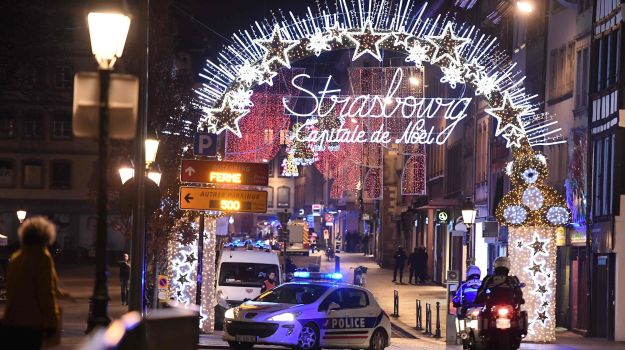By Kyle Orton (@KyleWOrton) on 6 January 2024

By Kyle Orton (@KyleWOrton) on 29 May 2020

Last night the State Department’s Rewards for Justice Program announced that it would pay $3 million for information leading to the capture or killing of Muhammad Khadr Musa Ramadan, described as “a senior leader of and key propagandist for the Islamic State”. Continue reading
By Kyle Orton (@KyleWOrton) on 15 December 2018

Strasbourg Market, 11 December 2018 [image source]
By Kyle Orton (@KyleWOrton) on 16 November 2018

Attack in Melbourne, Australia, 9 November 2018 (image source)
In the latest edition of its newsletter, the Islamic State (IS) explained how it had some of the terrorist attacks committed in its name around the world, where it had not had prior contact with the killers. Continue reading
By Kyle Orton (@KyleWOrton) on 17 December 2017

Robert Hester (image source)
The U.S. Department of Justice indicted Robert Lorenzo Hester, Jr., 25, of Columbia, Missouri, on 21 February 2017, for attempting to provide material support to the Islamic State (IS) and plotting an act of domestic terrorism. The plan had been an attack on 20 February, the first Presidents’ Day of the Donald Trump administration. Continue reading
By Kyle Orton (@KyleWOrton) on 28 July 2017

Screenshots from the bay’a-martyrdom videos of: Riaz Khan Ahmadzai (Muhammad Riyad), Anis Amri, Mohammad Daleel (source)
The Islamic State (IS) has escalated a campaign of global terrorism over the past few years, exactly as it was losing overt control of territory. In 2016, IS consolidated a model of guiding and claiming attacks in the West and elsewhere via is media channel, Amaq. The outlines of this have long been known. Now there is significant new detail thanks to a four part reporting series in the German newspaper BILD by Björn Stritzel, who contacted Amaq and posed over many months—in consultation with Germany security agencies—as a potential terrorist. Continue reading
By Kyle Orton (@KyleWOrton) on February 4, 2017

With the attempted terrorist attack using machetes at the Louvre museum in Paris yesterday by Abdullah Reda al-Hamamy, whose social media history shows statements at least sympathetic to the Islamic State (IS), it raises once again the question, making no assumptions about al-Hamamy’s motives, of how connected the organization headquartered in Raqqa is to the attacks taking place around the world under IS’s banner—and how we would know.
As IS’s attacks outside of the statelet it has built in Iraq and Syria increased in frequency over the last year, a rather routinized mechanism has developed for attributing blame: IS claims the atrocities—or attempted atrocities—through Amaq News Agency. Continue reading